In 1995, artist William Utermohlen (1933-2007) learned that he had Alzheimer’s disease. For the last five years of his life, he tried to understand the disease by painting himself — a series of self-portraits which revealed the progression of his dementia.
The paintings, which were shown in 2006 at the New York Academy of Medicine in Manhattan by the Alzheimer’s Association, are heartbreaking to say the least.
The paintings starkly reveal the artist’s descent into dementia, as his world began to tilt, perspectives flattened and details melted away. His wife and his doctors said he seemed aware at times that technical flaws had crept into his work, but he could not figure out how to correct them.
As you can see from the first portrait in the series, Utermohlen was a fairly naturalistic artist before the onset of Alzheimer’s. The abstract, surrealist paintings that follow are characteristic of the Abstract Expressionism movement of art — a genre he refused to embrace at his prime but ironically became the source of his fame.
As someone whose family has been affected by Alzheimer’s more than once, having seen the disease’s devastating effects first-hand, I can’t help but shed a tear at this visual representation of the illness. The paintings are beautiful, complex, and sad, raising questions about Alzheimer’s as well as an artist’s stylistic choices versus ability.
Via The New York Times.

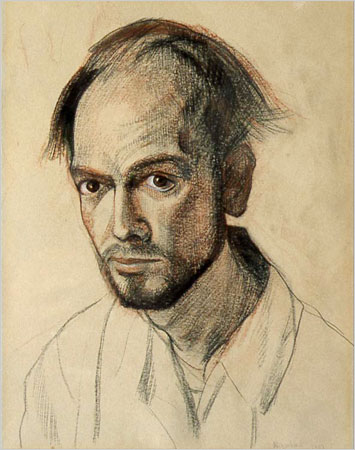
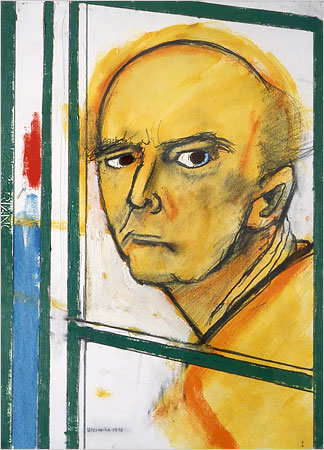
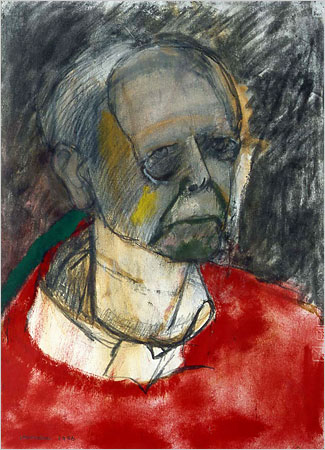
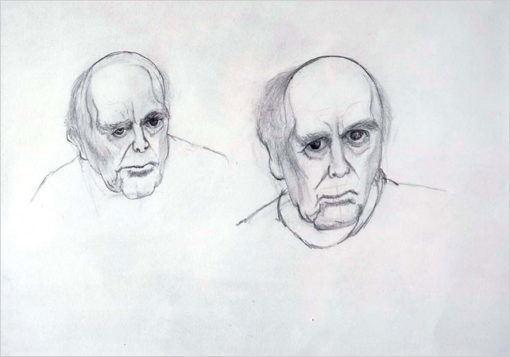
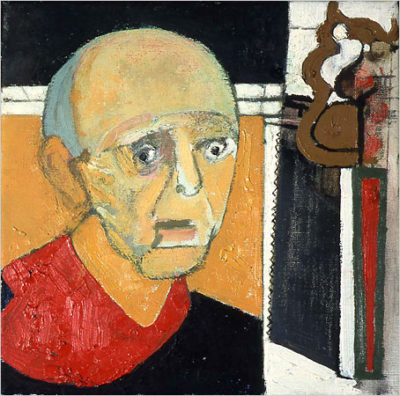
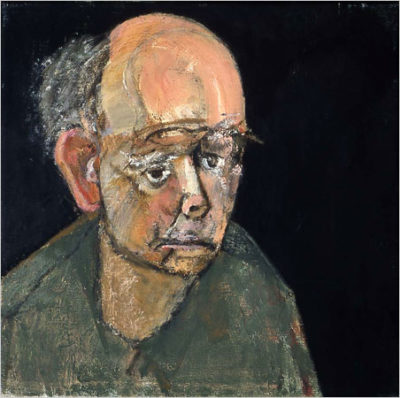
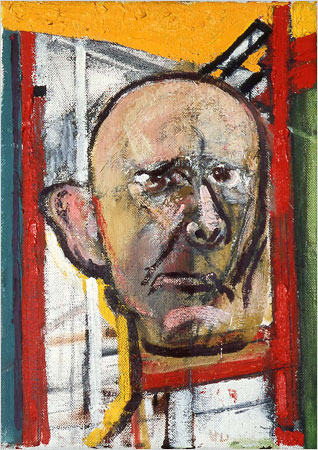
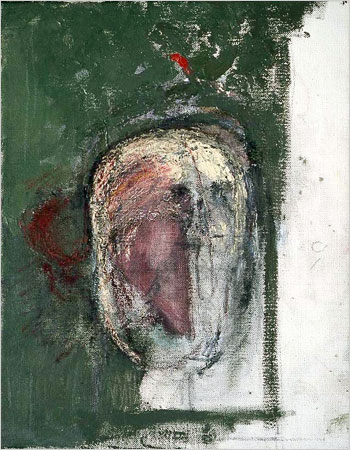
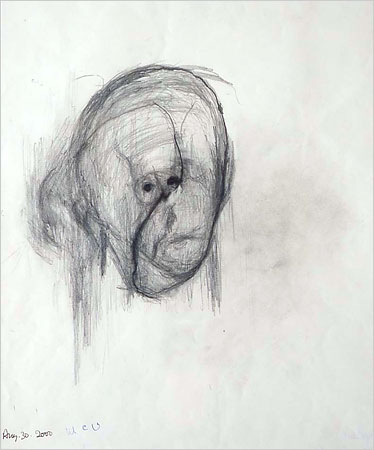





 I like books, gadgets, spicy food, and art. I dislike shopping, hot weather, and the laws of entropy. Although I am a self-proclaimed computer nerd, I still have a love for handbags and makeup... and I am always teetering on high heels. To learn more about me, visit the
I like books, gadgets, spicy food, and art. I dislike shopping, hot weather, and the laws of entropy. Although I am a self-proclaimed computer nerd, I still have a love for handbags and makeup... and I am always teetering on high heels. To learn more about me, visit the 
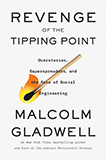

Seeing the progression is so sad that it caught me off guard when I saw the last painting.